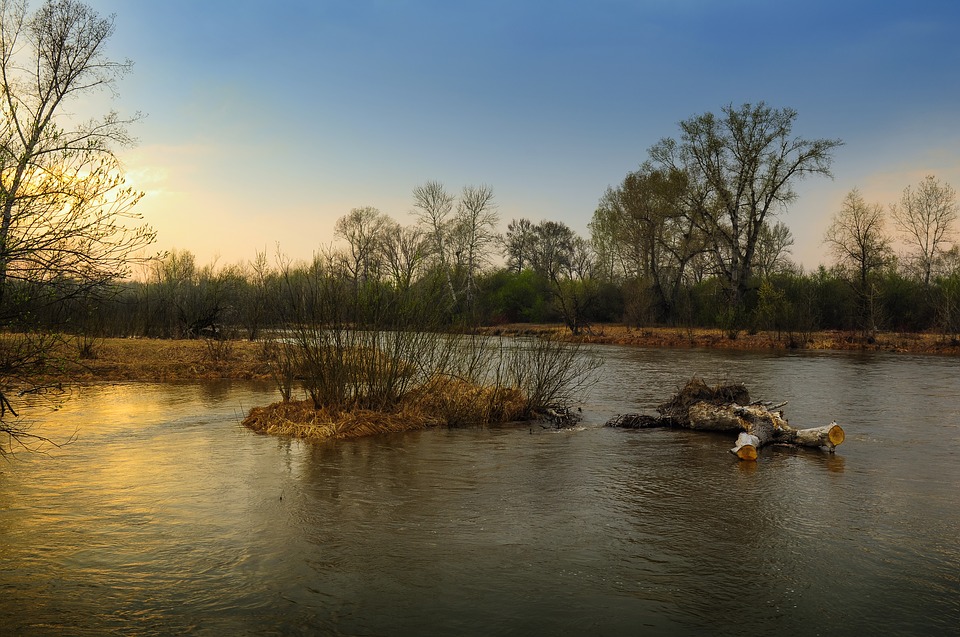483 people, 2 tigers, 8,000 cattle, calves and buffaloes, 3,297 goats and 47 dogs died.
Crop losses between 71 million to 101 million USD.
One of the worst floods since 1924
Beginning in 16 August 2018, severe floods affected the south Indian state of Kerala, due to unusually high rainfall during the monsoon season. About Over 483 people died, 14 are missing. 2 tiger deaths were reported from Periyar tiger reserve in Periyar National Park. With estimated crop losses between 71 million to 101 million USD (The Times of India). Coffee, rubber, tea and black pepper are amongst some of the crops worst affected. More than 8,000 cattle, calves and buffaloes, 3,297 goats and 47 dogs have died in the floods, according to the government.
When it comes to the issue of climate change, many people instantly think about global warming, the recent and average rise in temperature of the Earth’s surface. Changes in rainfall and other forms of precipitation will be one of the most critical factors determining the overall impact of climate change. Rainfall is much more difficult to predict than temperature but there are some statements that scientists can make with confidence about the future.
The most common weather-related cause of river flooding in India is heavy rainfall, which can greatly increase water levels in rivers and lakes and cause water to overflow into surrounding areas. The magnitude of a flood depends on many factors in addition to the intensity and duration of rainfall. Other contributing factors include the land forms and surface features of the land, the vegetation and soil characteristics.
India receives major rainfall in only four months i.e. June to September. Distribution of rain in India is not similar at every place, some areas receive higher rainfall and some receives lower.
The primary causes for Floods are:
- Intense rainfall when the river is flowing full.
- Excessive rainfall in river catchments or concentration of runoff from the tributaries and river carrying flows in excess of their capacities.
- Cyclone and very intense rainfall.
- Landslides leading to obstruction of flow and change in the river course.
- Poor natural drainage system.
- Climate change, which increases the variability and severity of weather, such as record-breaking rainfall and possibly more severe tropical cyclones.

According to a study published in Plos- one In the past 30 years approximately 2.8 billion people have been affected by floods with 4.5 million left homeless, at approximately 540,000 deaths and 360,000 injuries, excluding an estimated 38,000 to 2.7 million injuries that went unrecorded.
A study published in Nature communication; research shows a three-fold increase in widespread extreme rains during 1950 in India. Flooding caused in India by heavy monsoons rainfall claimed 69,000 lives and left 17 million people without homes over the same period.
Prof. Vimal Mishra IIT Gandhinagar published a study on Kerala flood. The study concluded that four factors — above normal rainfall, extreme rainfall events, over 90% reservoir storage before the rains, and unprecedented extreme rainfall in catchment areas contributed to the flooding witnessed in Kerala.
According to a study (2015) India has faced 649 disasters from 1915 to 2015. Out of these 649 events 302 disaster were caused by flood with on an average of 3 flood per year. This accounted approximately 47% of total disasters took place in India in the last 100 years.
In 2014 Indian Institute of Tropical Meteorology study based on rainfall data since 1900 had said that intensity of the monsoon rains was increasing and one of the factors for it was global warming. Another 2017 IIT Bombay study held deforestation mainly responsible for the phenomenon.
A warmer atmosphere can hold more moisture, and globally water vapour increases by 7% for every degree centigrade of warming. How this will translate into changes in global precipitation is less clear cut but the total volume of precipitation is likely to increase by 1-2% per degree of warming.
Flood in India has become one of the biggest disaster which has killed thousands of the people in last few years. The recurrence and intensity has amplified over the time which damaged life and economy at a great extent. Government of India has taken up many measures to lessen the damage caused by flood and other disasters, but there is a long way to go. Use of science and technology, telecommunication and media for alarming and pre-disaster measures can be effective to reduce the devastations.
Source: hindustantimes.com, .theguardian.com, doi/full/10.1080/02626667.2013.857411, Prakash Tripathi. 2015. Interdisciplinary Journal of Contemporary Research, (2),91-98. Doocy S, Daniels A, Murray S, Kirsch TD. The Human Impact of Floods: a Historical Review of Events 1980-2009 and Systematic TLwiteeertature Review. PLOS Currents Disasters. 2013 Apr 16 . Edition 1. doi: 10.1371/currents.dis.f4deb457904936b07c09daa98ee8171a. thehindu.com
